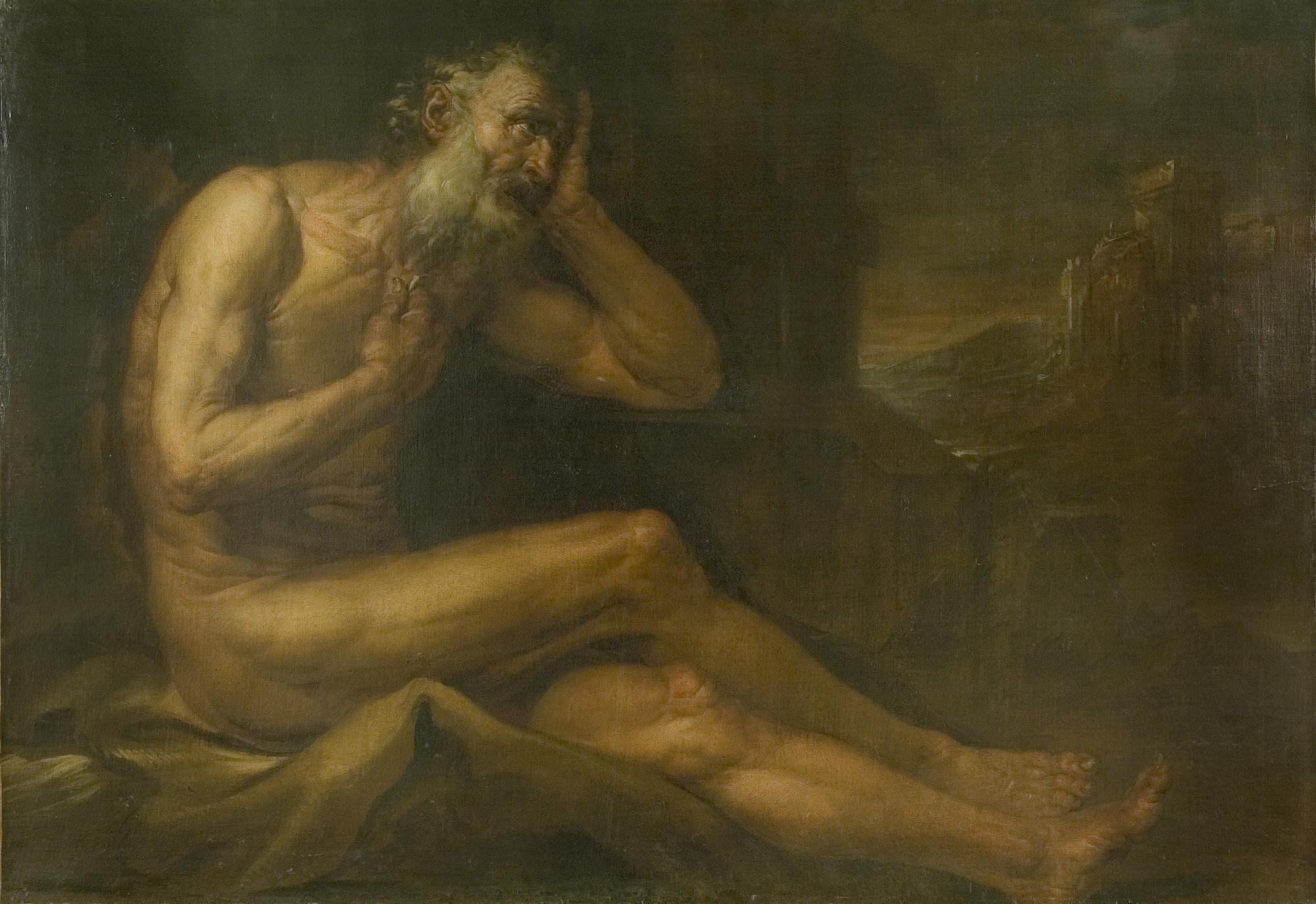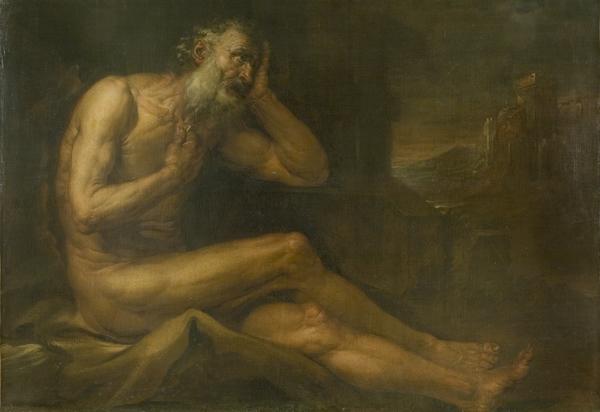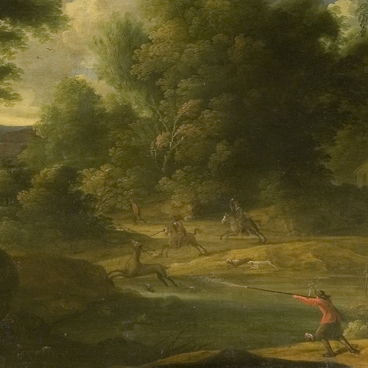Job is the main character of the Book of Job in the Old Testament. “That man was perfect and upright, and one that feared God, and eschewed evil”, he was a prosperous and righteous dignitary who lived in the “land of Uz.” God blessed his family with seven sons and three daughters. His substance also was seven thousand sheep, and three thousand camels, and five hundred yoke of oxen, and five hundred she-asses.
There was a day when the sons of God came to present themselves before the LORD, and Satan came also among them. And the LORD said unto Satan: “Hast thou considered my servant Job, that there is none like him in the earth, a perfect and an upright man, one that feareth God, and escheweth evil?” Satan answered that it is easy for a prosperous man to be righteous. “But put forth thine hand now, and touch his bone and his flesh, and he will curse thee to thy face.”
The LORD agreed to test Job, but on condition, however, that his life will be saved. Job lost his wealth, his children died, his body was smitten with a terrible disease. Job first accepts all grief from God. He mournfully ruminates about the worldliness of life. Then, addressing God, he insists on his innocence and demands proof of his sins. In his dialogue with God Job is convinced of His rightness and remains faithful to Him. After the test Job again had children and multiplied his wealth.
The image of Job referred to as long-suffering features in art in all periods of Christianity. Job was particularly venerated in Venice. In the middle ages he became the patron saint of one of the city churches, and that is why on some works of the Venetian School he was depicted with a halo of sainthood. In our picture Job was depicted during his suffering and appealing to God. The author, Giovanni Battista Langetti (1625-1676), is a well-known Italian master of the baroque period. He painted temples and drew pictures on religious themes working in Genoa, Florence, Naples, and spent his last years in Venice. That is where our picture was painted.
Works by Giovanni Battista Langetti can often be identified by the way he depicts a naked male figure.
The LORD agreed to test Job, but on condition, however, that his life will be saved. Job lost his wealth, his children died, his body was smitten with a terrible disease. Job first accepts all grief from God. He mournfully ruminates about the worldliness of life. Then, addressing God, he insists on his innocence and demands proof of his sins. In his dialogue with God Job is convinced of His rightness and remains faithful to Him. After the test Job again had children and multiplied his wealth.
The image of Job referred to as long-suffering features in art in all periods of Christianity. Job was particularly venerated in Venice. In the middle ages he became the patron saint of one of the city churches, and that is why on some works of the Venetian School he was depicted with a halo of sainthood. In our picture Job was depicted during his suffering and appealing to God. The author, Giovanni Battista Langetti (1625-1676), is a well-known Italian master of the baroque period. He painted temples and drew pictures on religious themes working in Genoa, Florence, Naples, and spent his last years in Venice. That is where our picture was painted.
Works by Giovanni Battista Langetti can often be identified by the way he depicts a naked male figure.
Usually he was attracted to dramatic situations: the death of Archimedes, the execution of St. Sebastian, Job’s suffering. Paintings by Giovanni Battista Langetti are magnificent in their professional excellence. Body shapes are shown in relief, like in sculpture, but he is convincing in depicting a naked body using a brush, not a cutter. As a true Venetian he can gloriously combine a figure with the surrounding scene. The whole picture employs a uniform and rich palette of warm brown shades. The figure of Job looks especially large, it dominates on the canvas. The painter emphasizes this correlating it with the extension of the landscape where we can see both the towers of a city and a far-away horizon. This imparts epic meaning to the picture. Like all classical art of the West, Giovanni Battista Langetti is focused on glorifying Man.




